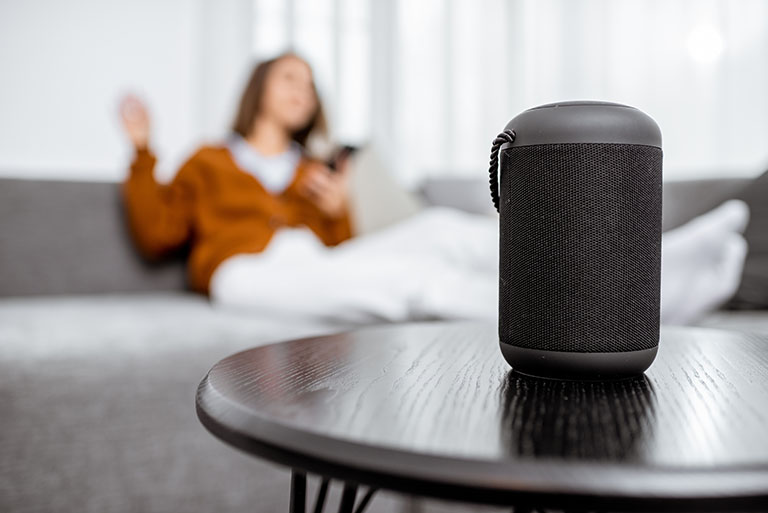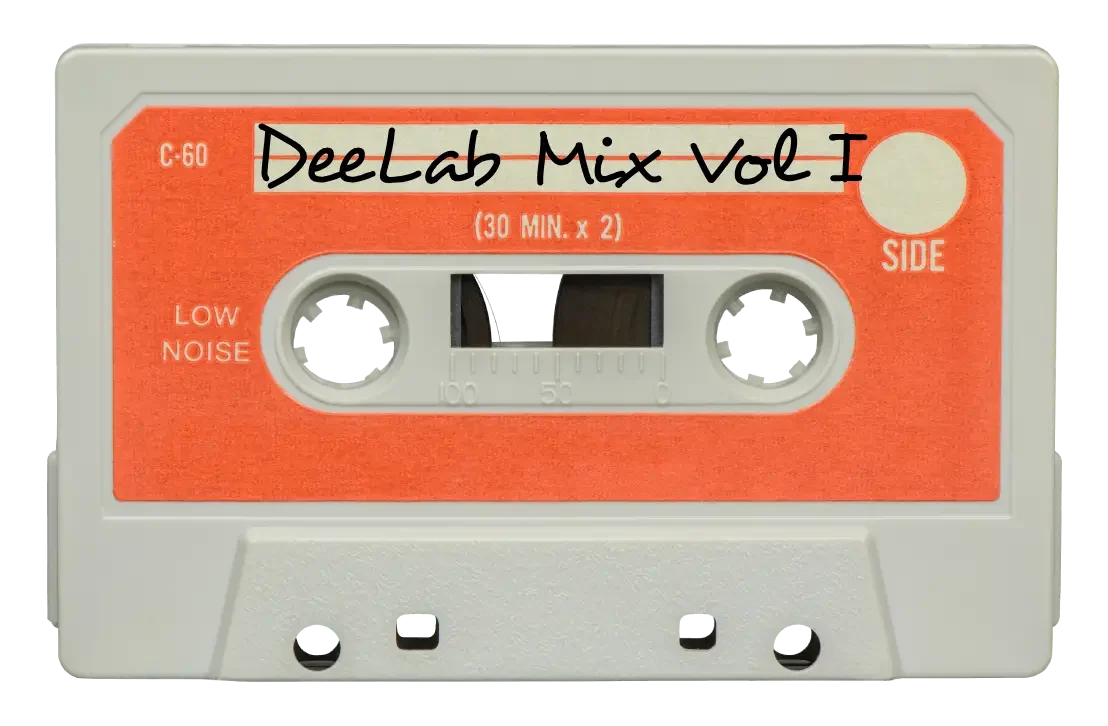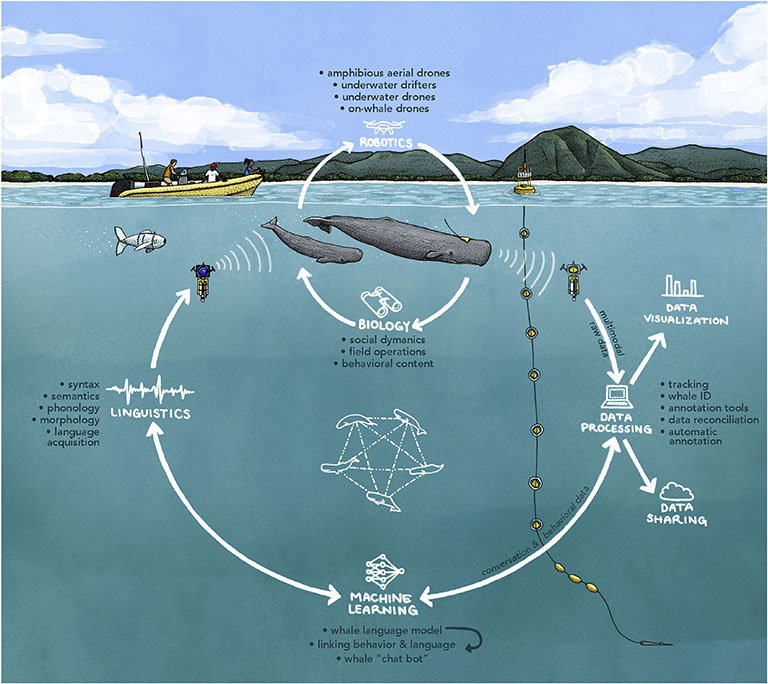While images paint visual stories, sounds tell aural tales. Audio labeling is the process of categorizing and adding descriptive labels or metadata to audio content.
How Audio Labeling Powers AI Solutions for Seamless Interactions
In the symphony of life, sound holds a profound role, weaving together the rhythms of nature and the melodies of conversation. Just as NLP empowers machines to understand the nuances of language, audio labeling propels AI into the domain of acoustic comprehension, allowing it to decipher the intricate language of sound.
Elevating Everyday Appliances and Auditory Experiences
Voice assistants have become our digital companions, and audio labeling is their secret to understanding us better. Whether it’s Siri, Google Assistant, or Amazon Alexa, these smart companions learn to recognize and respond to various voices and accents through annotated audio samples. This intricate training ensures that our interactions with voice assistants are not only seamless but also uniquely personalized.
Audio labeling forms the foundation of speech recognition technology, a cornerstone of modern communication. Imagine transcription services that effortlessly convert spoken words into text. This technology, underpinned by meticulous audio labeling, serves as a boon for those with disabilities and revolutionizes how audio content is transformed into readable text, powering accessibility and communication.
Enhancing Language Learning
Language learning takes a leap forward with the aid of audio labeling. Imagine pronunciation perfected through comparison with native speakers. By meticulously labeling native pronunciations, annotators contribute to language learning apps that empower learners to refine their speaking skills, building bridges of effective communication.

Machine Learning and Its Human Inspiration
Machine learning (ML) allows computers to learn without being explicitly programmed. It is rapidly changing our everyday lives. But there are many challenges that need to be addressed, such as bias, security and transparency.
Seamless Security and Environmental Awareness
In security systems and smart homes, audio labeling stands as a sentinel of vigilance. AI algorithms, armed with labeled audio data, become astute listeners, detecting environmental sounds like alarms, sirens, or the distinct calls of animals. This real-time awareness empowers these systems to alert users to potential threats or changes in their surroundings, creating safer and smarter environments.
Even our everyday appliances benefit from the intelligence of audio labeling. Washing machines, microwaves, and vacuum cleaners become attuned listeners, capable of detecting mechanical issues by analyzing the sounds they emit during operation. AI, fueled by audio labeling, swiftly identifies anomalies, enabling timely maintenance that extends the lifespan of these appliances and minimizes repair costs.
The world of music, too, dances to the tune of audio labeling. AI algorithms equipped with this technology can identify music tracks, artists, and genres simply by listening to audio content. This orchestration of intelligence forms the backbone of music streaming services that curate personalized playlists and offer tailored recommendations, enriching our auditory experiences.

Nurturing AI’s Acoustic Intelligence
The foundation of AI’s acoustic prowess lies in training data—vast amounts of audio recordings that expose AI to the rich tapestry of sound. Just as image or video data fuels AI’s visual perception, audio data forms the bedrock of AI’s auditory comprehension.
Annotators, equipped with a keen ear and domain expertise, play a vital role in enhancing audio data. They meticulously listen to and analyze audio recordings, identifying and labeling various sounds, whether it’s human speech, environmental noises, musical instruments, or other auditory elements. Their work contributes to the creation of a comprehensive dictionary of sound that AI can learn from.
To facilitate this process, annotators employ specialized audio labeling tools. These tools allow them to precisely mark segments of audio, add descriptive labels, and categorize different types of sounds. For instance, they might identify specific instances of a doorbell ringing, a dog barking, or a car passing by.
Annotators are integral to a diverse range of projects that leverage audio data. They play a pivotal role in training voice recognition systems for virtual assistants, enabling these systems to understand different accents and dialects. They contribute to building sound detection models for security systems, alerting users to specific noises such as alarms or breaking glass. Annotators also lend their expertise to training algorithms for music recognition, language learning apps, and even diagnosing mechanical issues in appliances based on their sound patterns.
Through their meticulous audio labeling efforts, annotators facilitate the transition from raw sound to AI’s evolving auditory understanding. Their expertise shapes the quality and accuracy of AI’s acoustic intelligence, ensuring that machines derive insights from the rich and diverse world of sound.

Data Annotation Explained
In the world of machine learning and artificial intelligence, the saying “garbage in, garbage out” holds significant weight. This underscores the importance of high-quality data in training robust and accurate models.
Audio Labeling Techniques
Audio labeling involves a range of techniques that allow annotators to precisely capture the nuances of sound. These techniques contribute to AI’s ability to comprehend the intricate language of audio. Here are a few notable audio labeling techniques:
Sound Event Detection: Annotators focus on identifying specific sound events within audio recordings. This technique is crucial for building AI models that can distinguish between different sounds, such as sirens, footsteps, or doorbells. By carefully labeling these events, annotators help AI recognize and react to specific auditory cues.
Emotion Labeling: In certain applications, annotators delve into labeling emotional tones within speech. This technique is vital for AI models that need to gauge emotional context in conversations, such as customer service chatbots or sentiment analysis systems. Annotators assign labels like ‘happy,’ ‘angry,’ ‘neutral,’ and more to help AI interpret emotional nuances.
Musical Instrument Recognition: AI’s ability to recognize musical instruments within audio can be attributed to annotators who label segments where specific instruments are played. This technique enables AI to identify whether a recording features a guitar, piano, violin, or any other instrument, enhancing music recognition capabilities.
Transcription and Captioning: Similar to speech-to-text conversion, this technique involves annotators transcribing spoken words into text form. This is valuable for generating accurate subtitles for videos, improving accessibility for the hearing-impaired and aiding in content indexing for search engines.
Environmental Sound Classification: Annotators focus on categorizing environmental sounds, like rain, traffic, birdsong, or sperm whale communication. This technique contributes to AI’s ability to understand the surrounding environment and detect changes or anomalies, making it useful for applications in home automation and security systems.
Accent and Dialect Recognition: Annotators label speech samples from various accents and dialects. This technique is essential for training voice assistants to understand and respond accurately to diverse linguistic patterns, enabling seamless interactions regardless of the speaker’s origin.
These techniques, among others, form the building blocks of AI’s acoustic intelligence. Annotators, armed with expertise and precision, ensure that AI’s auditory understanding spans a wide range of contexts and applications. Their dedication and meticulous work contribute to the refinement of AI models that can seamlessly interpret the symphony of sound
Challenges in Deciphering Acoustic Nuances
While audio labeling empowers AI to understand sound, it comes with its own set of challenges. Background noise often poses a hurdle, as AI must sift through the cacophony of sounds to extract meaningful information.
Accent and language variability further complicate the task. Just as language nuances challenge NLP, AI must navigate accents and languages to accurately comprehend audio content.
The quality of audio recordings is pivotal. Clear and high-quality recordings ensure AI can capture the subtleties of sound, from the rustling of leaves to the resonance of a musical note.
Final Thoughts
In the grand landscape of AI-powered solutions, audio labeling is the thread that weaves together seamless interactions. It transforms sounds into meaningful data, enabling AI to comprehend and respond to the intricate language of sound. In healthcare, AI can help detect anomalies in medical equipment sounds, aiding diagnosis. In environmental monitoring, AI can identify patterns in natural sounds to track wildlife behavior.
With the collaboration of skilled annotators, advanced audio labeling tools, and an ever-expanding audio landscape, AI is poised to unlock the symphony of the world and enrich its acoustic understanding.
DeeLab, a business unit of Tailjay, serves as a dynamic data annotation hub, connecting skilled annotators with AI projects. Our mission is to offer flexible and agile annotation services, nurturing collaboration with R&D teams and other industry players. Our vision is to drive AI innovation by delivering precise and dependable annotated data for various applications.





